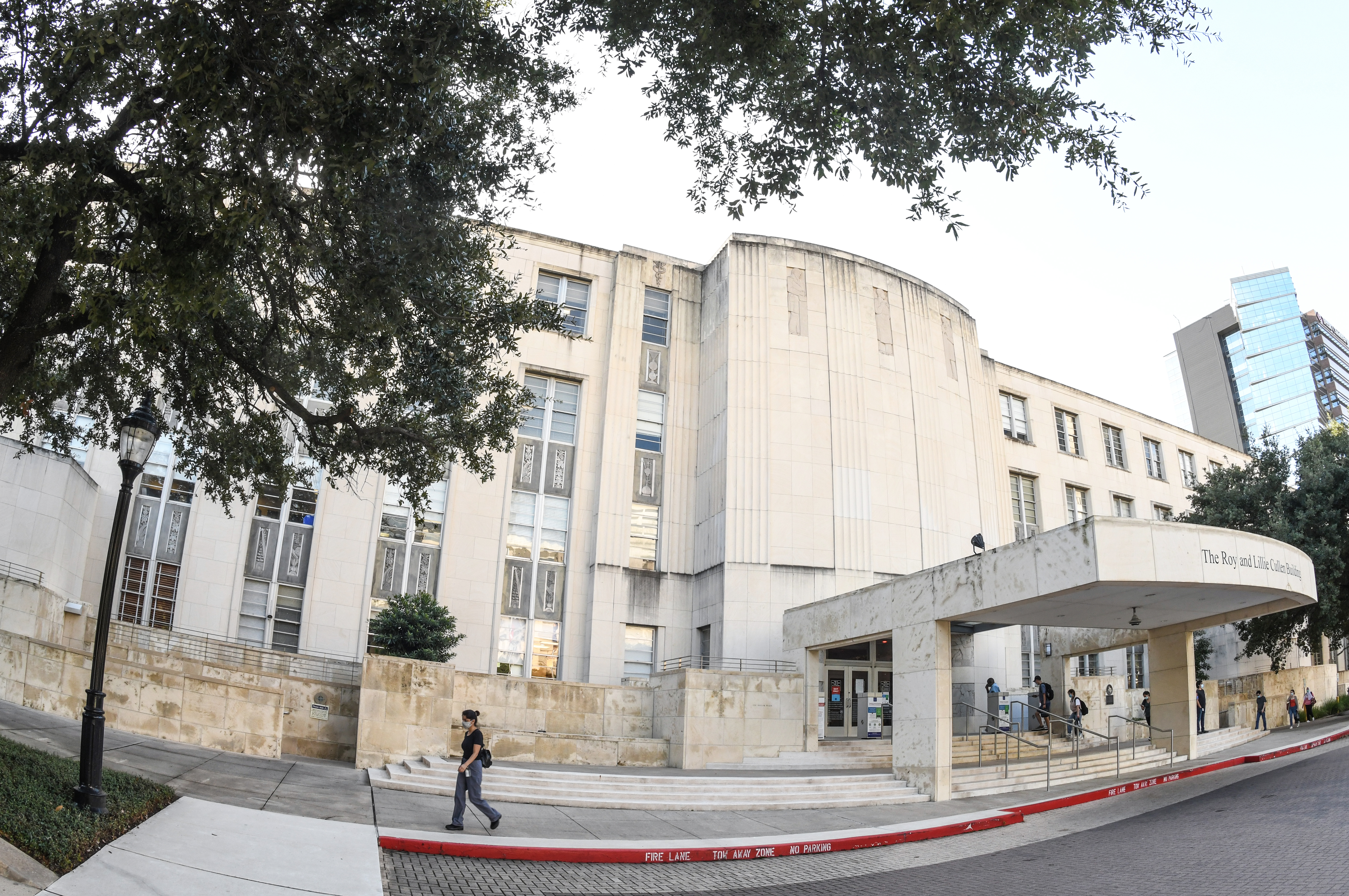The Netherlands and the world face an enormous and urgent challenge when it comes to the energy transition. Eindhoven University of Technology (TU/e) believes we can only meet this challenge by working with the high-tech industry to develop decentralized and smart solutions for the conversion and storage of energy. The university is therefore investing 10 million euros in the establishment of a new energy institute, the Eindhoven Institute for Renewable Energy Systems (EIRES). TU/e president Robert-Jan Smits announced this on August 31 during the (virtual) opening of the academic year.
“As a university, we take our responsibility to contribute to the energy transition. We have excellent researchers in the field of energy storage and conversion, among other things. Moreover, the Brainport Regio Eindhoven has a fantastic high-tech and manufacturing industry that can help with the energy transition. We are joining these forces in this new institute,” says Smits.
A good example of this cooperation is the Dutch Electrolyzer consortium, one of the four key projects that EIRES is developing together with industry (see info boxes below).
Dutch Electrolyzer | Convert electricity into hydrogen for later use
The Dutch Electrolyzer is a consortium working on setting up the first production line for electrolyzers in The Netherlands. Electrolyzers use an electric current to split a water molecule into hydrogen and oxygen. The devices have a positive and negative side, like a battery. Hydrogen gas is generated on the negative side while oxygen gas is generated on the positive side.
Hydrogen is an attractive gas to store large amounts of energy from wind or solar panels, since it is so versatile. It can be used as feedstock for the chemical industry, as input for fuel cells to generate electricity, and as clean burning fuel itself.
The Dutch Electrolyzer consortium brings together the best aspects of the current alkaline and PEM-technology, working on small-scale modular devices of which the production can easily be scaled up. This way, electrolyzers can easily be installed into neighbourhoods, or perhaps even into individual wind turbines. TU/e and VDL Groep recently signed a letter of intent to further develop this technology together.
The Dutch Electrolyzer consortium is part of the EIRES research program Chemistry for Sustainable Energy Systems, led by Marta Costa Figueiredo and Adriana Creatore.
![[Translate to Engels:] Image produced by Sensu Productions](https://assets.tue.nl/fileadmin/_processed_/1/9/csm_electrolyzer%20links_c527041ccb.jpg)
Smart storage and conversion
“Sustainable energy sounds like a nice idea,” says Richard van de Sanden, scientific director of EIRES, “but the wind doesn’t always blow when you want it, and the sun doesn’t always shine either. What’s more, sometimes you want energy in a form other than electricity. To make sure that you always get the energy that you need where and when you need it, you need smart storage and conversion”.
“With these projects we are trying to rise to the biggest challenge of the energy transition: making the energy, transport and chemical sectors sustainable all at the same time. So it’s not only about energy, but also about sustainable and high-quality raw materials for chemistry”.
Heat battery | Store summer’s heat and use it in winter
The innovative heat battery uses thermochemical material to store renewable energy in an inexpensive and lossless way. This helps to bridge longer periods, especially during winter months, when there is less or no energy from sun, wind or other sustainable sources. It works ‘multicyclically’, so the battery continuously charges and discharges throughout the year.
The heat battery uses two basic ingredients: water vapour and salt. When these components are brought together, the water binds to the salt, creating new salt crystals. This process releases heat, and is reversible. By bringing heat back into the system, water and salt are separated. As long as water and salt are separate, energy is stored without loss. Once you bring the two back together again, the stored heat will again be released, so it can be used to heat your house, for example. The heat battery is stable, works without loss of energy and can last at least 20 years.
The heat battery is developed by TU/e and TNO. It is part of the EIRES research program Systems for Sustainable Heat, led by Silvia Gaastra-Nedea en Henk Huinink.









